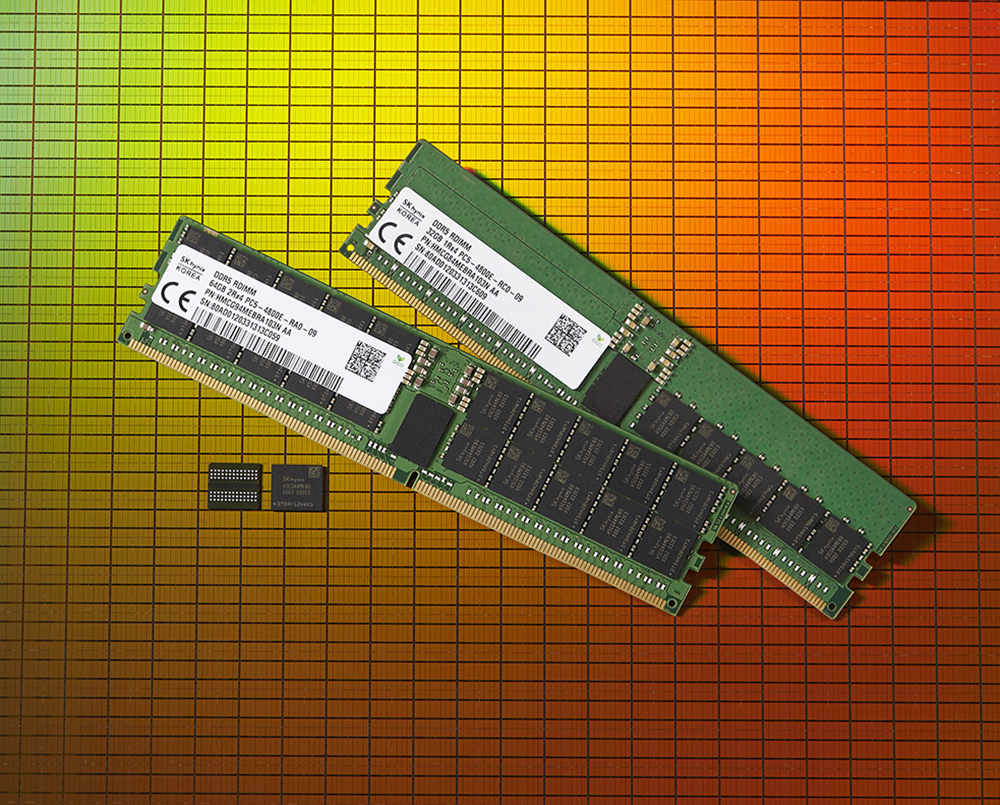
Artificial intelligence (AI) has long been a fascination of popular culture. Often depicted in television and film, AI companions range from the empathetic and friendly Baymax of Big Hero Six to the conniving and humanoid Eva of Ex Machina. But, at least for now, how AI is integrated into our daily lives looks a little bit different.
Many people are aware of its use within the fields of security, healthcare, and marketing but AI technologies may soon become even more commonplace. Industries all over the world are making the move to embrace digital transformation—and AI stands to be a large part of it. Businesses must not only incorporate existing technologies into their service models, but also look forward. According to a 2021 Gartner survey on AI investment, more than 50% of technology providers report significant customer adoption of AI-enabled products and services. This demonstrates a clear need for businesses to embrace technological innovations like AI to keep on top of the growing demand for simple and efficient digital service solutions.
Advanced technologies like AI rely on hardware, especially for logic and memory functions. As such, the trend in AI-enabled digital transformation (DX) could represent the biggest opportunity for semiconductor companies in the last decade. In fact, growth in the semiconductor market in the area of AI is expected to be five times that of the growth in all other areas by 2025.
Matchmaking Automation and Intelligence
Traditionally, automatons were largely stationary manufacturing machines and often could be found performing highly repetitive or dangerous tasks in factory lines to increase production speed, reduce accident rates, and eliminate human error. Even today, a large portion of the work completed by autonomous machinery still takes place on a production line. Due to the routine and repetitive nature of many manufacturing tasks, this kind of automated machinery does not need to evaluate external variables or revise its own protocols and is limited to operating a series of simple tasks.
But, with advancements in AI and machine-learning, there is increased potential for automated machines to become more mobile, resourceful, and intelligent. These improvements are an important part of making digital automation relevant to industries outside of manufacturing.

Figure 1. Global investment is AI across various disciplines in 2019 and 2020.
Enabling automated technologies to support the more complex, non-routine service needs of a variety of industries means countless more businesses can partake in modern day digital transformation in a more impactful way.
The Nuts and Bolts
Artificial intelligence describes a machine or software application’s ability to reason, learn, and act in a manner similar to human thought, so much so that parallels are often drawn between the human mind and AI systems. Just as synapses are essential to the transmission of nervous impulses within our brains, semiconductor memory stores and processes information as a part of AI systems for our mechanical counterparts.
Beyond its current applications in Big Data analytics and facial recognition software, AI is critical to enabling the next generation of automated solutions to problem solve, reason, and evaluate. This important evolution will expand the application of automated technologies, allowing for increased participation in intricate, multi-faceted problem-solving tasks.
In the first quarter of 2021, USD $1.7 billion was invested into artificial intelligence and machine learning chip makers, demonstrating clear means and a strong incentive for innovation in the AI semiconductor space. Semiconductors for use in AI systems must be designed specifically to handle complex workloads and parallel operations. These AI systems have to process incredible amounts of data quickly and accurately to understand and respond to environmental and stimulus changes.
Fortunately, industry leaders such as SK hynix are working diligently on memory and storage solutions that can support the demanding requirement of AI technologies. Advancements such as SK hynix’s 176-layer 4D NAND flash and DDR5 DRAM stand to play a large role in defining and supporting future AI and machine learning offerings.

Figure 2. SK hynix’s 176-layer 4D NAND Flash

Figure 3. SK hynix’s DDR5 DRAM
As AI continues to permeate business practices around the world, increased opportunities will arise in a number of areas including AI-optimized storage systems, infrastructure for data centers, programmable switches and high-speed interconnect. In tandem, the market is likely to begin seeking more end-to-end solutions from semiconductor manufacturers to satisfy business-wide digital transformation.
Supercharging Digital Transformation

Figure 4. The six digital platforms leading SK hynix’s digital transformation
Digital transformation has been an important part of the corporate zeitgeist in recent years. This adoption of digital technology to improve business processes and deliver increased value is an important part of maintaining a business’ competitive edge in 2021 and beyond. Incorporating AI technologies offers an avenue for businesses to do more than simply improve work efficiency.
RPA, short for robotic process automation, sees businesses using automated machinery to complete routine tasks. Reminiscent of initial automatons, this is one way to undergo digital transformation. Powered with AI, the applications of RPA become much broader. If an unexpected event were to occur, a simple software robot would not be able to adjust and continue its work. To manage irregularities, it must be able to evaluate and make judgements, course correcting as it goes.
Many companies shifted to including more RPA in their service models in 2020 as a response to the COVID-19 pandemic following an increase in consumer demand for socially distanced services. The business demand for automated integrations skyrocketed as a result with year-over-year orders for automated machines in life sciences, food and consumer goods, and automotive growing 69%, 56%, and 39% respectively.

Figure 5. Percentage of Executive Survey respondents increasing the pace
of their AI/Big Data investment.
AI creates solutions that can accomplish more complex goals, meaning the level of human intervention required is decreased and the impact of digital transformation amplified. This means the complex problems often encountered in service-focused, customer-facing tasks can be resolved independently by AI solutions, answering the important social and cultural trends that surround the pandemic.
As a part of its AI-driven efforts, SK hynix, a major player in the information and communication technology (ICT) industry, recently established Gauss Labs Inc.—an industrial AI solutions provider. Gauss Labs Inc. is the first AI company from SK Group to lead manufacturing innovation, marking a clear investment in internalizing AI practices by the forward-thinking ICT giant.

Figure 6. (From the left) Brendon Choe (Head of Computer Vision), Sunghee Yun (Head of R&D), Mike Young-Han Kim (CEO), Taeyoung Park (Chief of Staff), and Moosung Kim (Head of PMO) at Gauss Labs Inc.
According to Gartner, one-third of technology providers with AI plans said they would invest USD $1 million or more into the technology over the next two years. Adopting automated solutions as a part of digital transformation will inevitably lead to an explosion in data volume and an increased demand for Big Data analysis and machine learning. As a result, corporate spending in Big Data and analytics is also on the rise with European spending in the area forecast to reach USD $50 billion this year. A parallel increase in the demand for data centers and the edge is likely—with some experts predicting a combined market value topping USD $18 billion by 2025. This growth is bound to spark additional innovation in the next generation of memory solutions.
Integrating AI technologies into digital transformation is an important part of the fourth wave of digital revolution in-step with the rise of robotics, machine learning, and demands for socially distanced solutions.
What automation began; AI supported by semiconductor memory will innovate—creating digital solutions primed to thrive in the face of the future.






